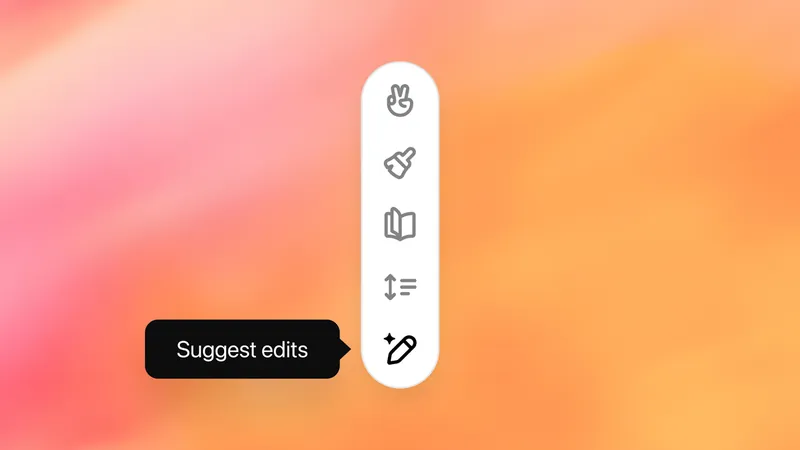
Discover Why ChatGPT Canvas Could Be the Game-Changing AI Tool of the Year!
2024-10-07
Author: Olivia
Introduction
OpenAI recently unveiled its groundbreaking feature, ChatGPT Canvas, which redefines how we interact with artificial intelligence by transforming it into a collaborative tool rather than just a task executor. This innovative editor seamlessly integrates writing and coding capabilities directly into the ChatGPT platform, marking a significant evolution in AI-assisted creativity.
Comparison to Anthropic's Artifacts
At first glance, Canvas bears a resemblance to Anthropic's Artifacts feature. While Artifacts presents outputs such as code and text within an independent and viewable format, Canvas takes it a step further. It introduces an interactive editing environment that accommodates user modifications while incorporating AI-generated suggestions—an invaluable benefit for writers and coders alike.
Enhancing Content Creation
Imagine a tool that not only allows you to draft your content, be it an article or a code snippet, but also enables you to enhance that content further through AI assistance. With Canvas, once you've created your work, simply command, “use canvas,” and voila! You can edit your content effortlessly, just like in any popular word processing software. But here’s where it gets truly exciting: you can highlight text and ask ChatGPT for improvements, real-world data, or elaborations on specific points, all within a streamlined interface.
Significant Milestone in Generative AI
Despite its beta status, Canvas is a significant milestone in the evolution of generative AI interactions. While it does come with some hiccups, such as limitations on content length, it signifies a critical step toward more intuitive engagement with artificial intelligence. The tool's forthcoming functionalities aim to heighten usability by blending AI capabilities with traditional writing applications.
How Canvas Works
So, how does Canvas work? It acts as both a text and code editor, allowing users to draft content directly or transition work from the chat window into Canvas for editing. By spotlighting portions of your content, you can simply request suggestions, rephrasing, or additional details from ChatGPT. This seamless integration removes the back-and-forth chat hassle, enabling you to refine your work with ease.
Customizable Features in Canvas
One standout feature of Canvas is the pop-out writing button, which lets you customize your piece by adjusting the intended audience, altering length, or—even more fun—adding emojis. It’s a refreshing twist that adds character to your writing, although meshing emojis with professional content should be approached with caution.
Final Polishing and Version Control
Upon finishing your work, you can utilize the 'final polish' feature to refine grammar, tone, and clarity, ensuring your text reaches its highest potential. Canvas isn’t just a clever text editor; it comes equipped with built-in version control, letting users revert back to earlier drafts effortlessly—perfect for exploring different writing paths without losing previous work.
Accessibility and Future of AI Integration
What makes Canvas even more appealing is its accessibility to all paying ChatGPT subscribers, with expectations of wider rollout to all users soon. Beyond its robust AI functionalities, Canvas is shaping the future of how we integrate AI into our daily tasks. This pioneering tool hints at an emerging trend where AI is built as the backbone of applications rather than a secondary feature.
User Experience and Practicality
Having experimented with Canvas for both writing and coding, I find it not only intuitive but also more practical compared to traditional tools like Google Docs and Visual Studio Code. This platform signifies the transition of AI tools, such as Claude, Gemini, and ChatGPT, from mere chatbot experiments to essential productivity platforms.
The Future of Collaboration with AI
In a world where collaboration, brainstorming, and real-time editing are becoming the norm, Canvas allows users to communicate with AI as easily as with a human. Imagine a future where the AI can observe your screen or utilize your webcam to provide assistance! Tools like ChatGPT are evolving into the new operating systems we didn't know we needed, enabling us to build tailored applications through simple conversational prompts.
Conclusion
As AI technology continues to advance, ChatGPT Canvas stands at the forefront, promising to revolutionize how we write, code, and create. Don’t miss out on experimenting with this transformative tool—it could redefine your workflow forever!

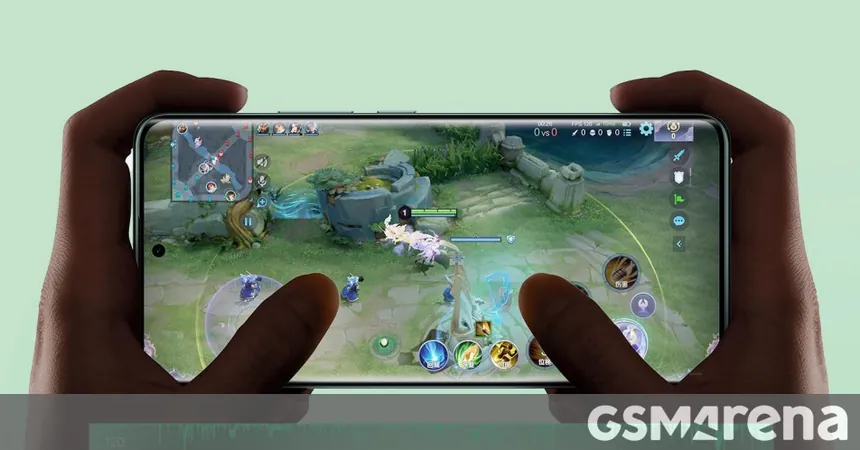




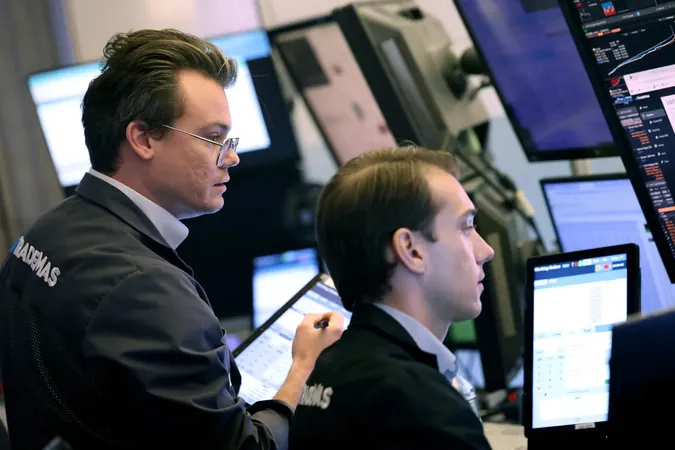
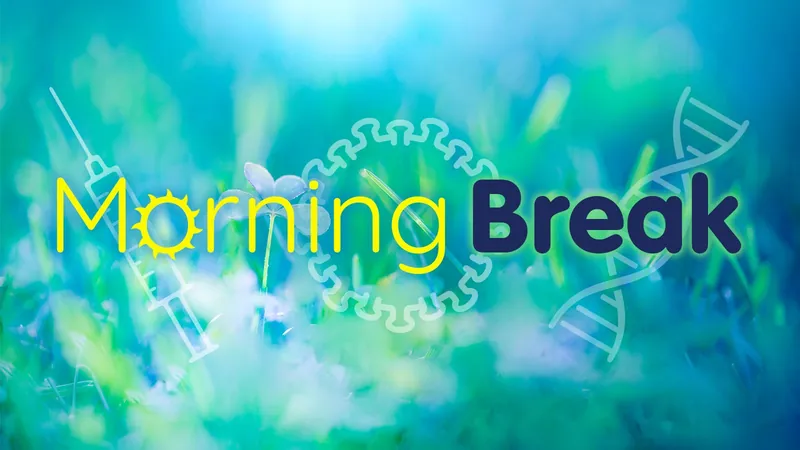
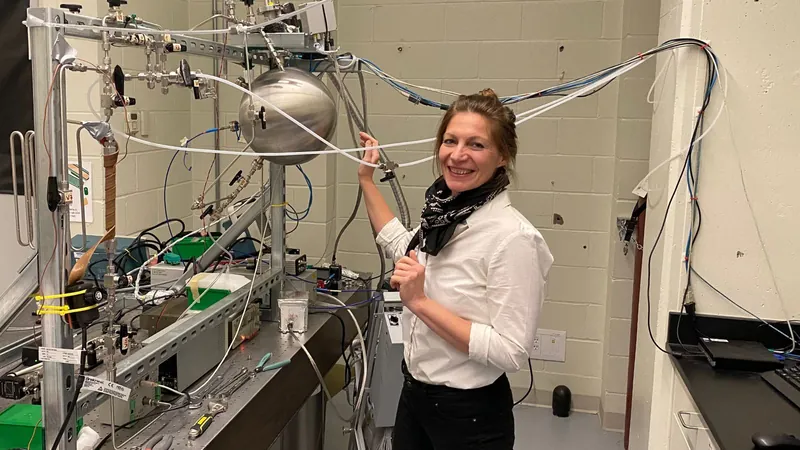
 Brasil (PT)
Brasil (PT)
 Canada (EN)
Canada (EN)
 Chile (ES)
Chile (ES)
 España (ES)
España (ES)
 France (FR)
France (FR)
 Hong Kong (EN)
Hong Kong (EN)
 Italia (IT)
Italia (IT)
 日本 (JA)
日本 (JA)
 Magyarország (HU)
Magyarország (HU)
 Norge (NO)
Norge (NO)
 Polska (PL)
Polska (PL)
 Schweiz (DE)
Schweiz (DE)
 Singapore (EN)
Singapore (EN)
 Sverige (SV)
Sverige (SV)
 Suomi (FI)
Suomi (FI)
 Türkiye (TR)
Türkiye (TR)